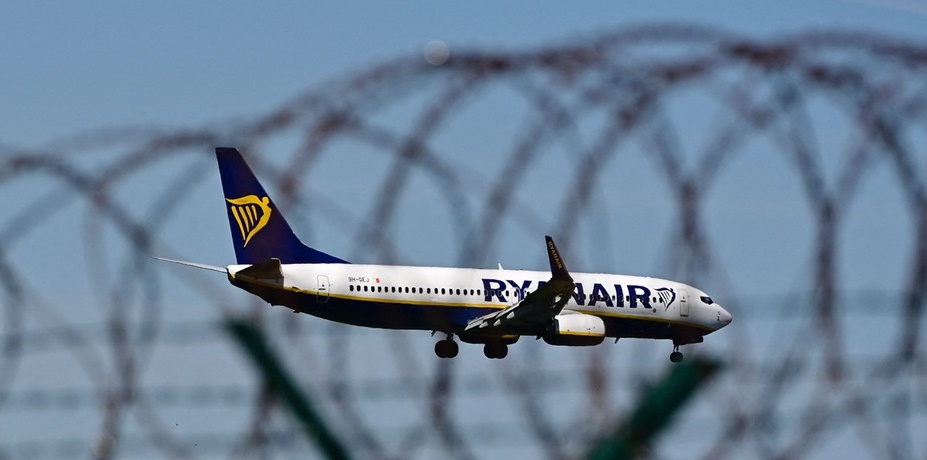The airline wants to offer 15 percent more flights in summer than before the pandemic.
Europe’s largest low-cost airline Ryanair achieved a surplus of around 188 million euros in the first quarter of this year. The company announced this today in Dublin. Analysts had expected a weaker quarter. If you exclude transactions to hedge fuel costs, the result was around 20 million euros higher than expected at 170 million euros.
A year ago, the airline had recorded a minus of 273 million euros in the same period. However, the group has not yet reached the figures of the pre-pandemic period: in the first quarter of the 2019 financial year, the airline had made a profit of 243 million euros.
Higher utilization than in the same period of the previous year
From the beginning of April this year to the end of June, 45.5 million passengers flew with Ryanair – almost five and a half times as many as in the same period last year. Machine utilization improved from 73 to 92 percent. In the course of this, sales increased sevenfold to 2.6 billion euros.
The airline expects a total of around 165 million passengers for the current financial year until the end of March 2023. According to its own estimates, Ryanair wants to offer around 15 percent more flights in summer than before the pandemic. According to Ryanair boss Michael O’Leary, there should be no flight cancellations – as already announced by other airlines. One remains confident that 100 percent of the scheduled flights can be carried out, he emphasized.
Uncertainties remain
Despite the strong quarter, Ryanair does not want to make any predictions about how the next few months could affect business. A new wave of pandemics cannot be ruled out in the fall, said O’Leary about the figures presented.
The unpredictability of fuel prices and geopolitical risks also made it impossible to forecast the airline’s profit for the full 2022/2023 financial year. According to the company, it has hedged 80 percent of its fuel costs for the remainder of the current financial year.
“Any forecast can change very quickly due to unexpected events beyond our control and we are now in a very strong, but still fragile, upswing.” Although a return to profitability at the pre-corona level is assumed, one cannot be sure whether that will happen this year or next.
